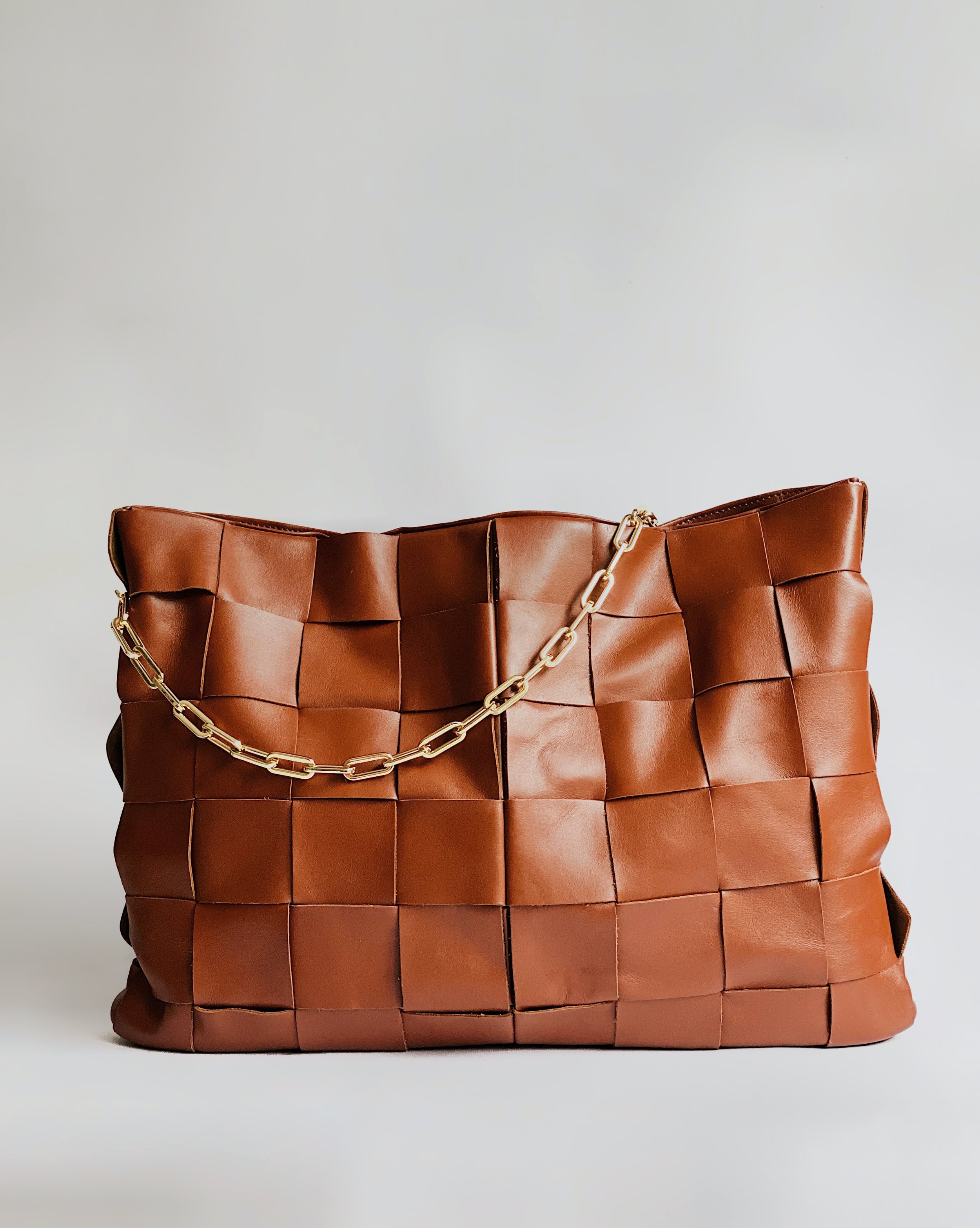Can Leather Be Sustainable?
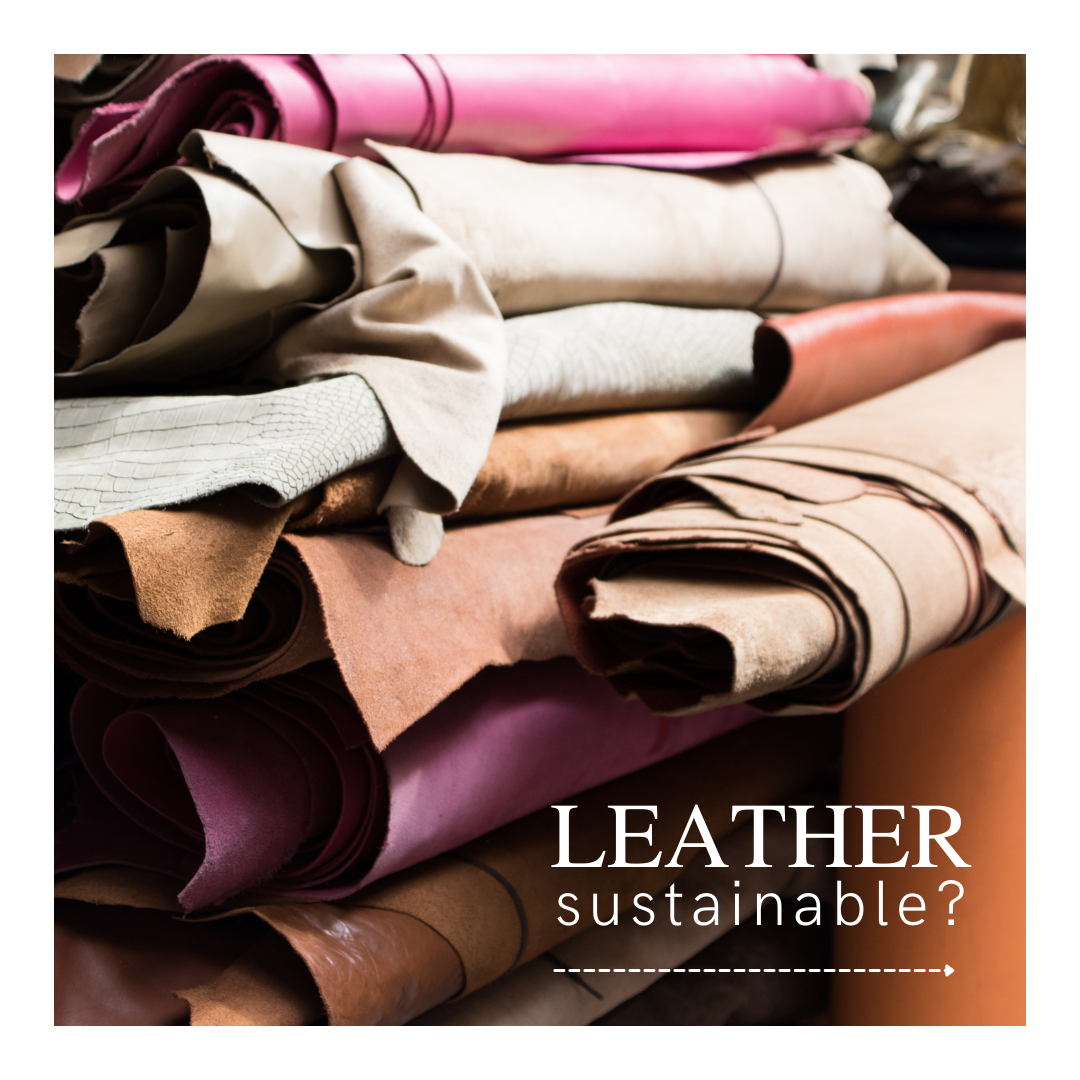
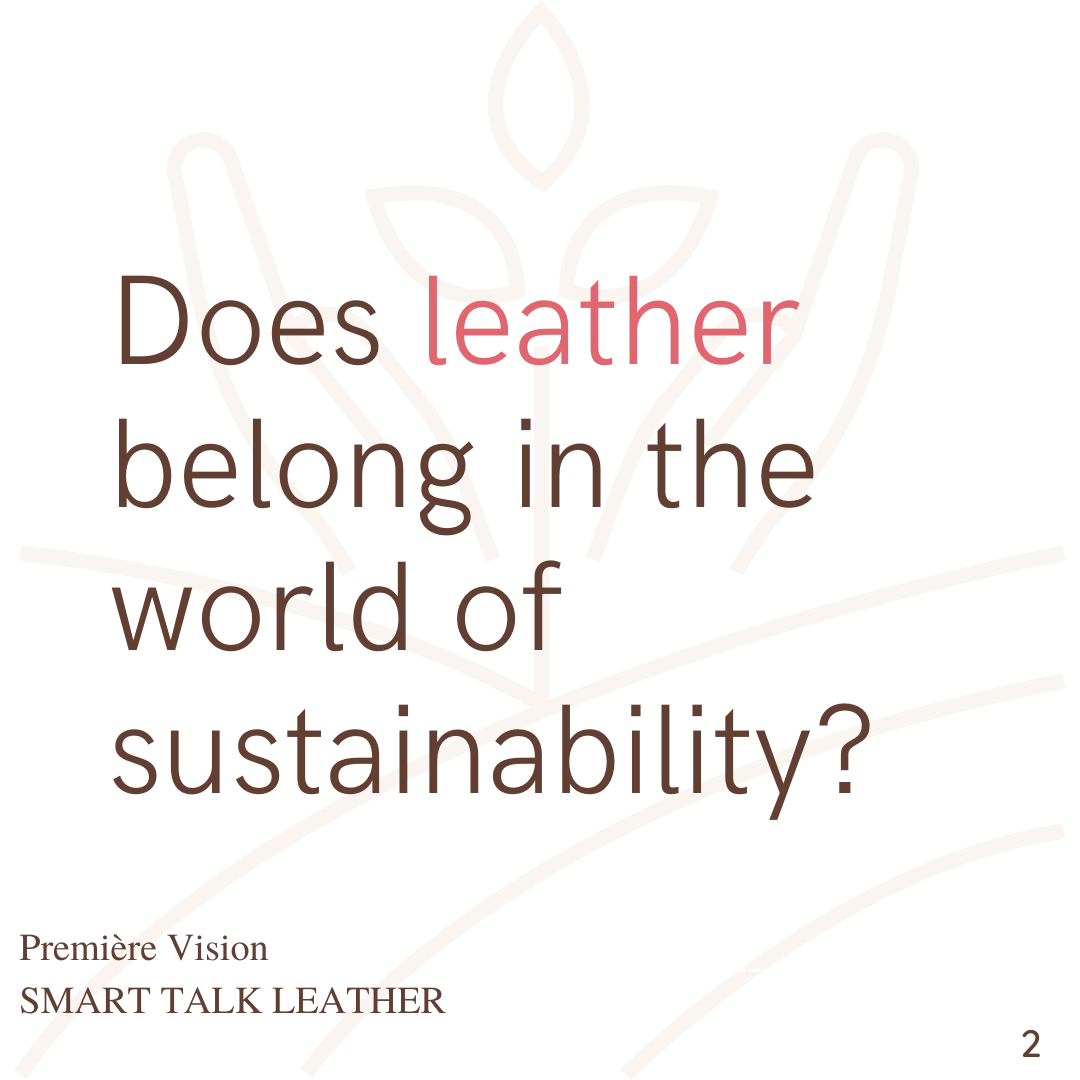
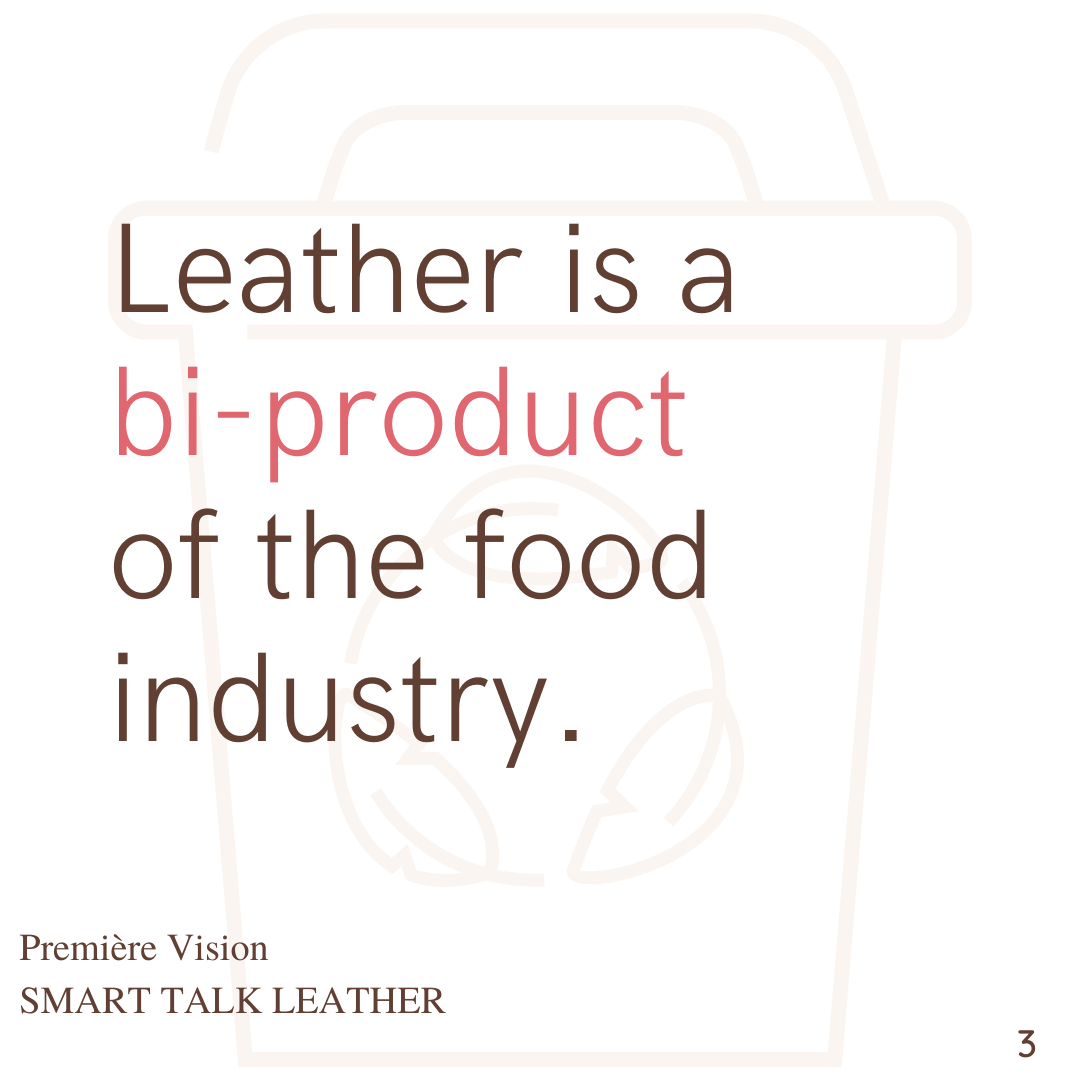
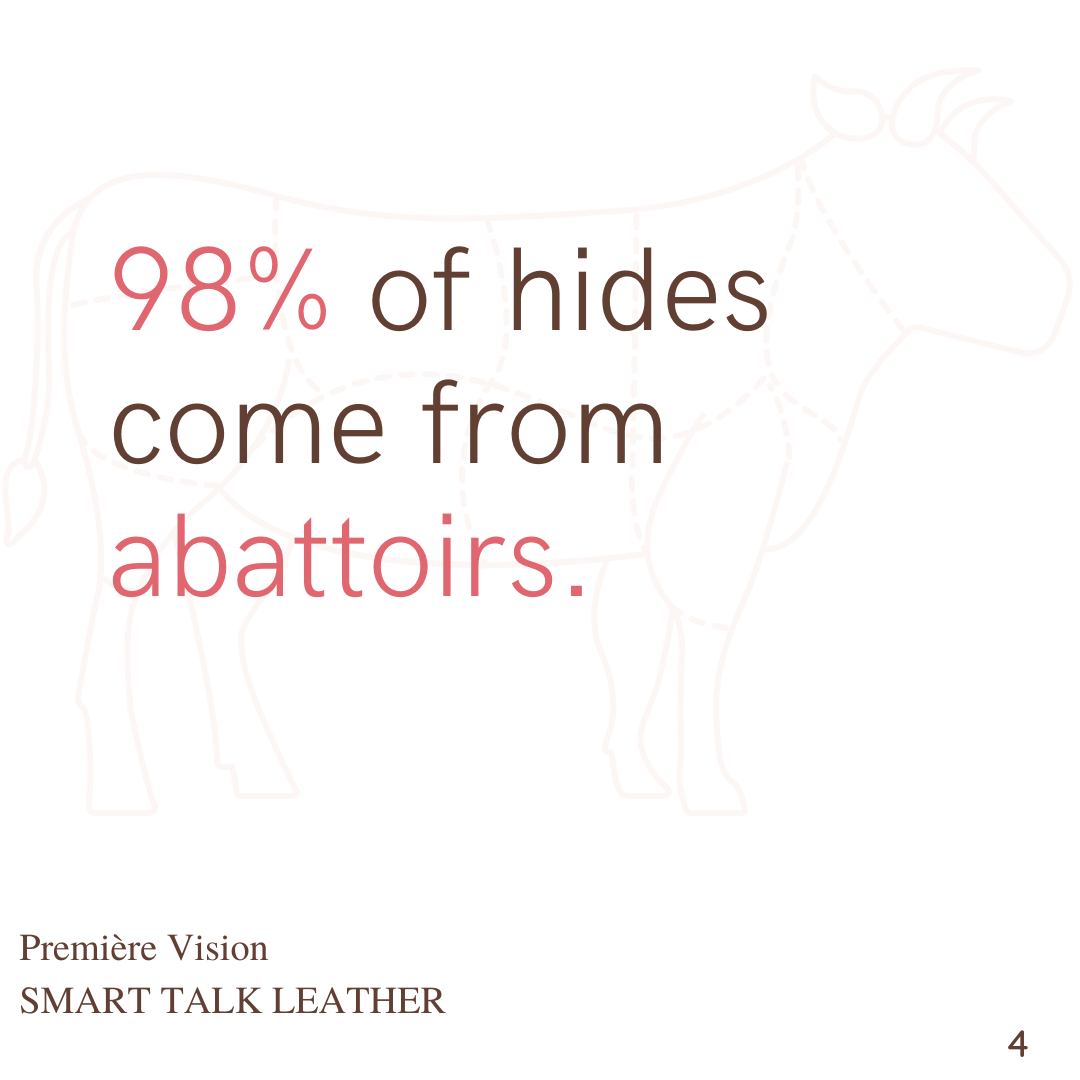
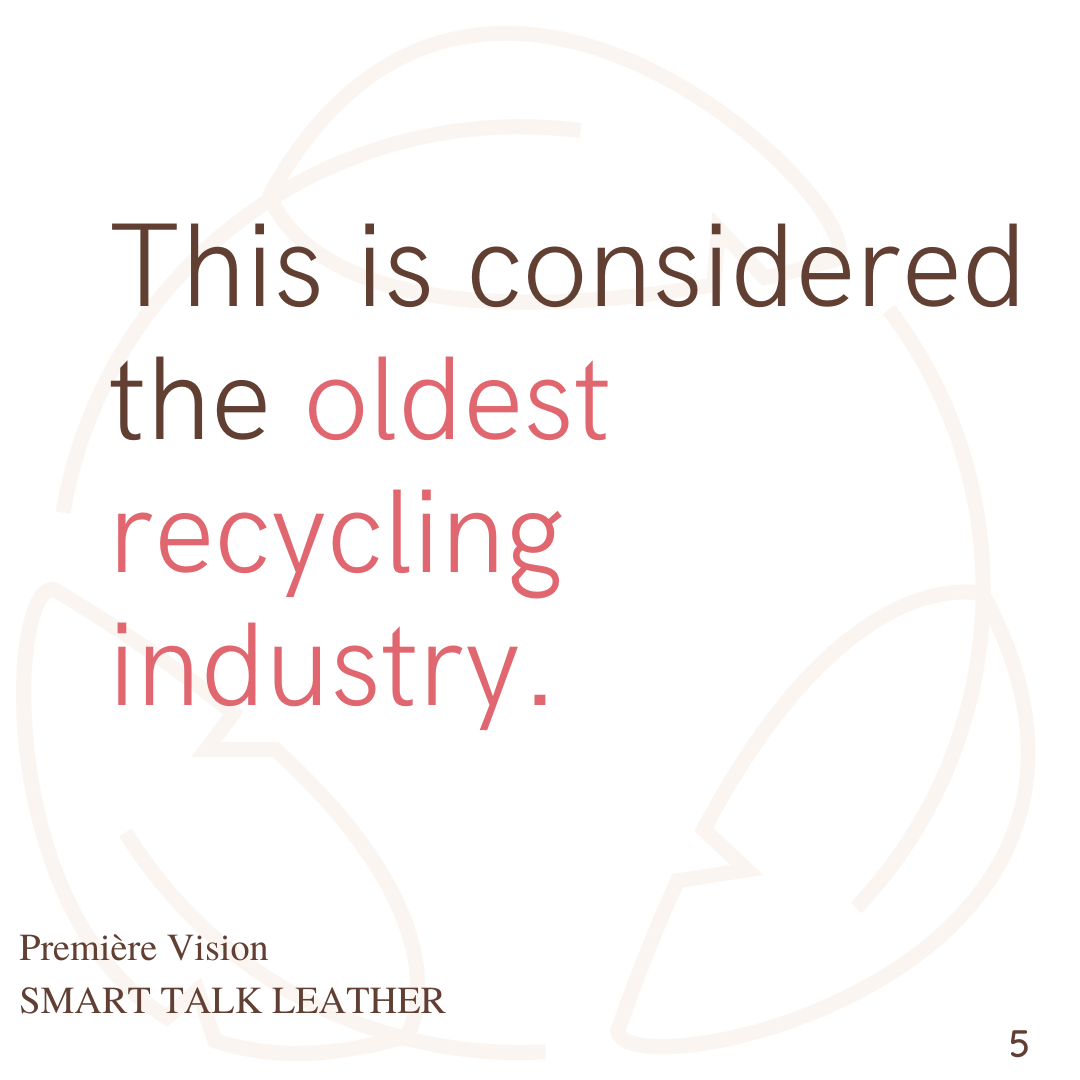

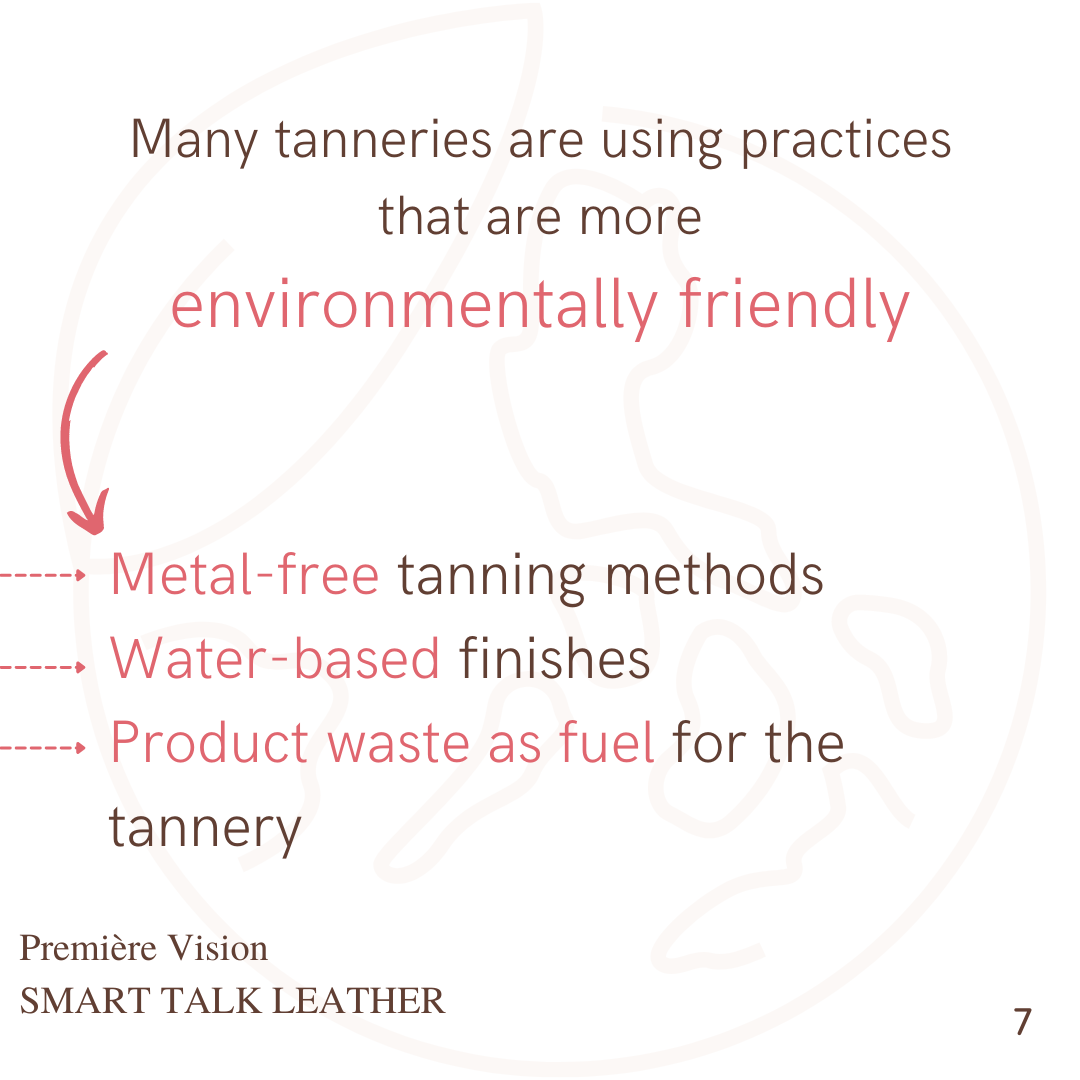
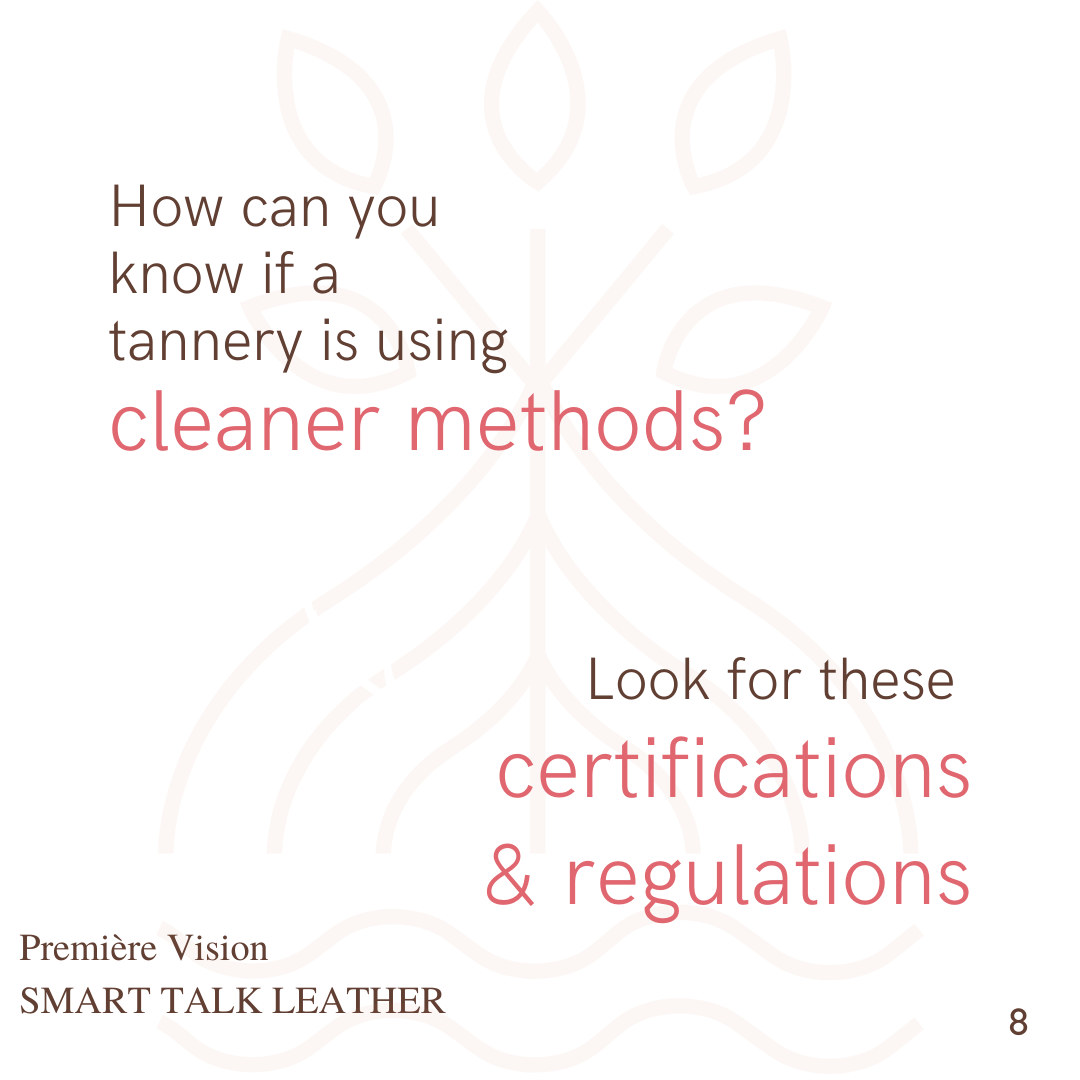
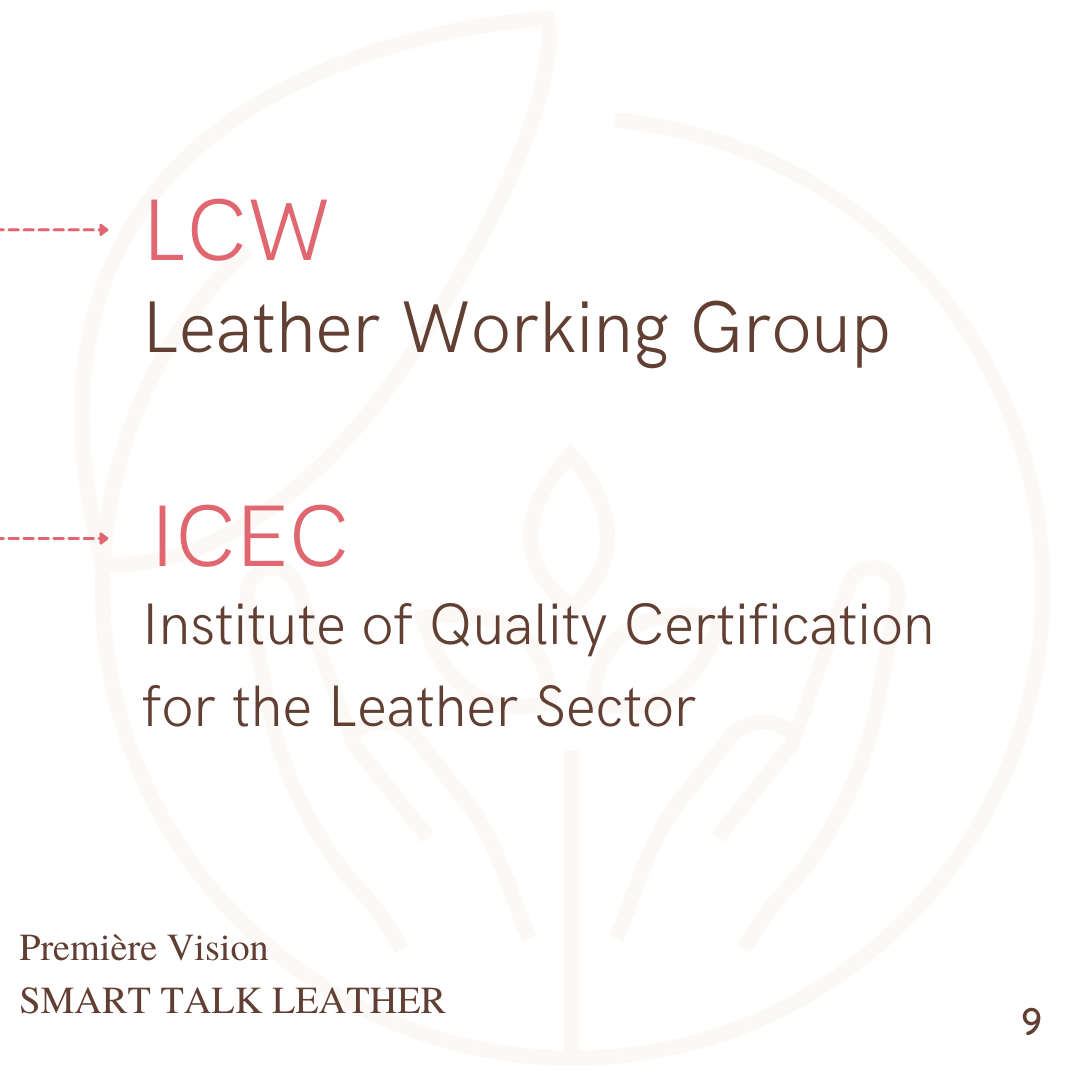

Does leather have a place in the world of sustainability?
After attending the Première Vision’s digital talk, Smart Talk Leather, I am more and more optimistic that the fabric industry, including leather, is turning old practices on its head to clean up the industry.
From this digital presentation, I learned that the leather we see in fashion is in fact a by-product of the food industry.
In fact, 98% of bovines, ovines and caprinae hides come from abattoirs, making this the oldest recycling industry.
What Makes Leather Unsuitable for Sustainability?
The trouble with leather being an environmentally sustainable material is during the chemical-heavy tanning process. This is when the leather is being treated with the use of metals like chromium. Chromium is a fast tanning method used to soften the leather, making it softer and stretchier.
The purpose of treating the leather, aside from making it soft and malleable, is to make the leather rot-proof. So creators can make leather goods that last for years on end if not a life time.
Image via Unsplash by Markus Spiske @markusspiske
Of course, this process in treating leather to last started long before fast fashion and 52 micro-season fashion.
Creating longevity in shoes and garments is a large player when designing a sustainable wardrobe. So we can appreciate shoes that don’t rot after an accidental dip in a single puddle. However, the metals and chemicals used do make for toxic waste.
Image credit via Unsplash by Fabio Santaniello Bruun @fabiosbruun
Tanneries tackle this waste by treating the effluent - liquid waste discharged into waterways - in strictly regulated treatment plants that deal with the chrome particles in the water. Unfortunately, these regulations are not the same worldwide. The solution is in certifications. By tanneries being certified, the framework is then uniform and global.
Cleaner Tanning Practices - going metal-free
Metal-free leather means the leather should not have more than 0.1% of the metals chrome, zirconium, iron, aluminium and titanium in the dry mass of the product. As new practices begin as a way to meet more environmentally-friendly standards with different ways of tanning, this creates new product in terms of the behaviour of the material.
Vegetable tanning
Vegetable tanning is the oldest method of tanning. Using this method creates a leather that is authentic and raw in appearance. Tannins used mostly are of fruits and barks. This tanning method created a leather that is strong, but this also limits what type of product one can make with a material of this texture.
Now, new vegetable tanned leather, which is tanned using biopolymers, gives the leather a supple and rounded feel with better colour.
Using vegetable tannins opens the door to another added layer of sustainability and traceability: Responsible vegetable tanning process. Where do these barks come from? Are they from a sustainable forest (a forest that is managed in a way that protects the entire eco-system of that forest).
Synthetic tanning
Tannins come from polymers, creating a leather that is lightweight, supple and spongy ideal for clothing.
Un-dyed Leather
Leather that is not dyed is an optical white, so the colours used during the dyeing stage of the process produce an intense colour.
Ecotan
Ecotan is a tanning method created by Silvateam, mixing vegetable and synthetic tannins. This tanning solution does not effect the biodegradability of the leather.
“We’re trying to limit the impact along the entire production chain.”
Biodegradability
Animal skins quickly decompose when left untreated. However, after the leather has been treated to prevent decomposing, biodegradability becomes difficult.
Biodegradability occurs under very specific conditions, depending on the type of skin, the treatments it has received and the right environment to allow the biodegradability process. The right temperature, humidity and microorganisms must be present.
Certifications, like OK Biodegradable, measure how long a skin takes to biodegrade under what specific conditions and tests for eco-toxicity and heavy metals to prove that once broken down it leaves no pollutants in the environment.
Finishes
Image credit via Unsplash by Robbie Noble @rbbnbl
With the environmental issues of the leather making process not being limited to the tanning stage, the finishes are now also under better development practices. Mechanical finishes are being used. In the case of chemicals, they are now water-based and solvent-free chemicals.
Traceability is Key
While traceability is a regulatory compliance in the meat industry, in the past, once the animal left the agri-food stage (from farm to the meat we see at the butchers and grocery stores) traceability of the leather was lost during the abattoir phase.
Traceability in leather means knowing what type of farm the animal came from and having accurate information on the well being of the animal.
This is where CTC comes in. CTC is a research centre dedicated to leather and leather goods based in Lyon, France. CTC has designed a laser to mark the skin before it leaves the abattoir, allowing the entire production process to be followed.
Upcycling
Photo by Irene Kredenets on Unsplash
Leather is easy to upcycle as scraps can be used for so many smaller projects. Skins that can’t be used as a whole can be woven together, made into straps, or bracelets. Offcuts can be used to create a beautiful patterns and designs.
If you use leather in your brand, are you seeing cleaner practices? I love to hear positive stories in an industry (fashion) that has caused a lot of trouble these past few decades. Tell me in the comments below and remember to link your website or social media so we can see and support your brand.
Leather Certifications
Italian certification has expanded internationally, allowing global tanneries EU standards and monitoring.
Protocol that governs the use of chemicals, where companies commit to removing chemicals from their processes, or respect very strict limits on chemicals so there is optimal non-toxicity in terms of waste water, gas, emissions and effluent (liquid waste or sewage discharged into a river or the sea).
Regulations to reduce further the amount of chrome allowed in the finishing products of leather
Leather Working Group Develops and maintains a protocol that assesses the environmental compliance and performance capabilities of leather manufacturers and promotes sustainable environmental practices. Like many certifications, regularly updates its criteria: recent updates cover social responsibility, better management of effluent, and traceability.
Cradle to Cradle Certified® is the global standard for products that are safe, circular and responsibly made. Cradle to Cradle Certified assesses the safety, circularity and responsibility of materials and products across five categories of sustainability performance.
An example of a tannery making sustainable leather products is the Italian tannery, Dani Spa (IT). They were referred to as a “leather tannery purist” utilising the highest standards of LWG Leather Working Group.
This blog post is from my notes taken from Smart Talk Leather Premiére Vision Digital Talk. Thank you to Marina Coutelan, an eco-responsible fashion consultant and to Carine Montarras, a fashion product manager and leather expert for this informative talk. Watch the replay linked below.




